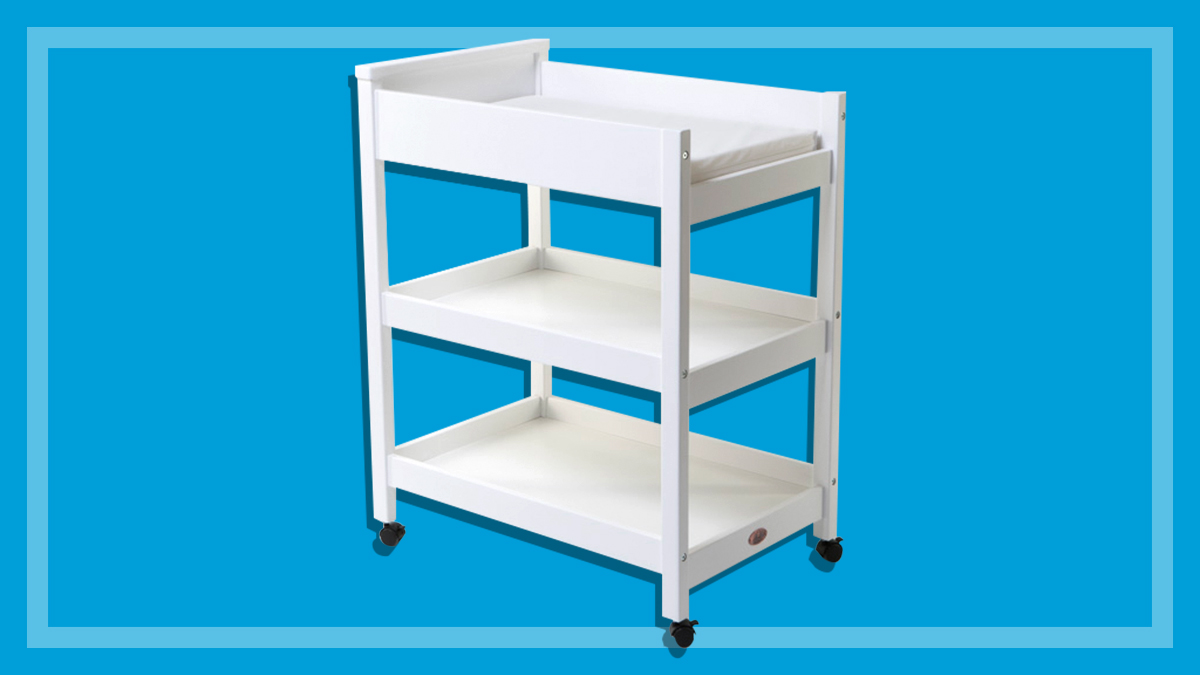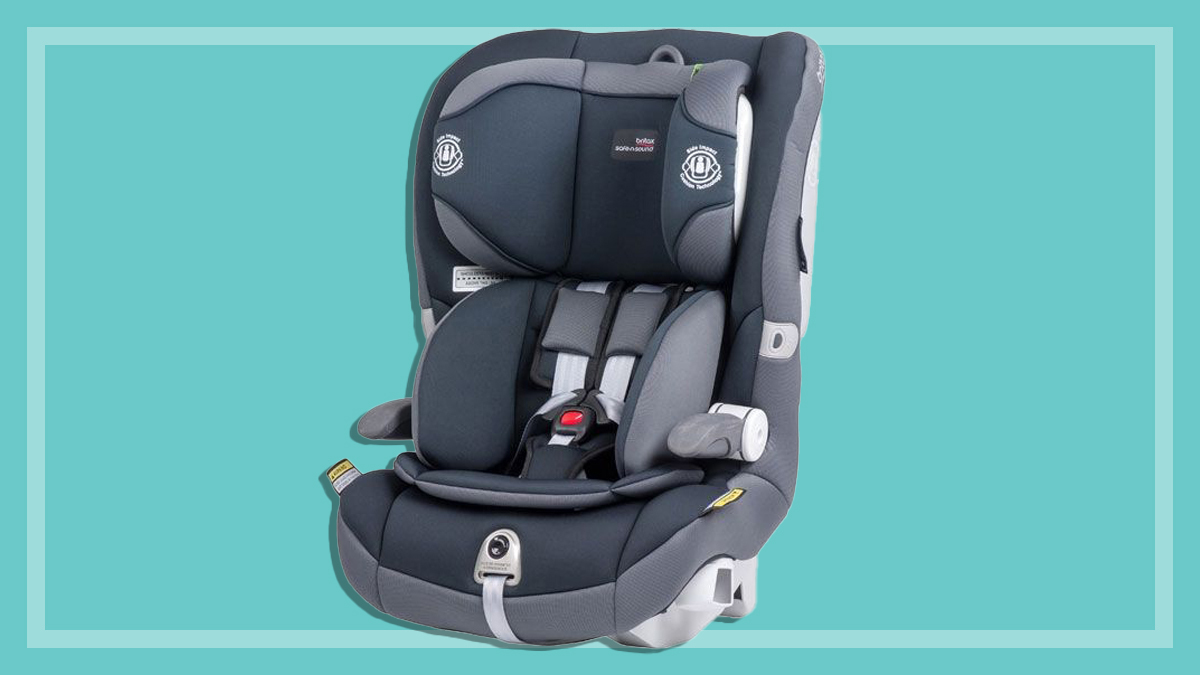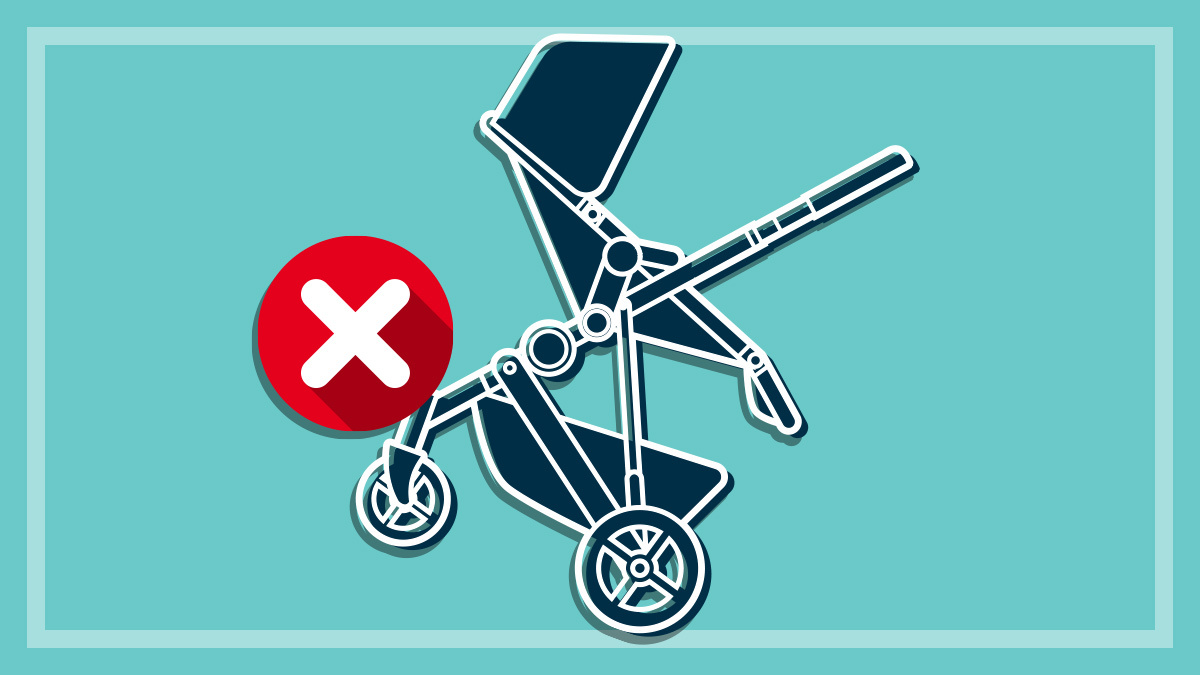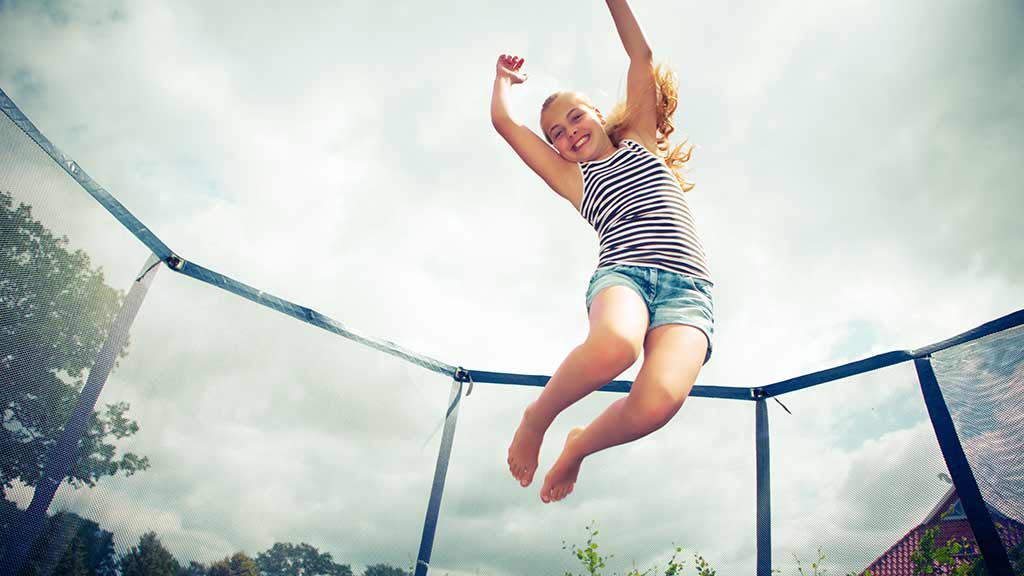Get our independent lab tests, expert reviews and honest advice.
What to know when buying a change table for your baby
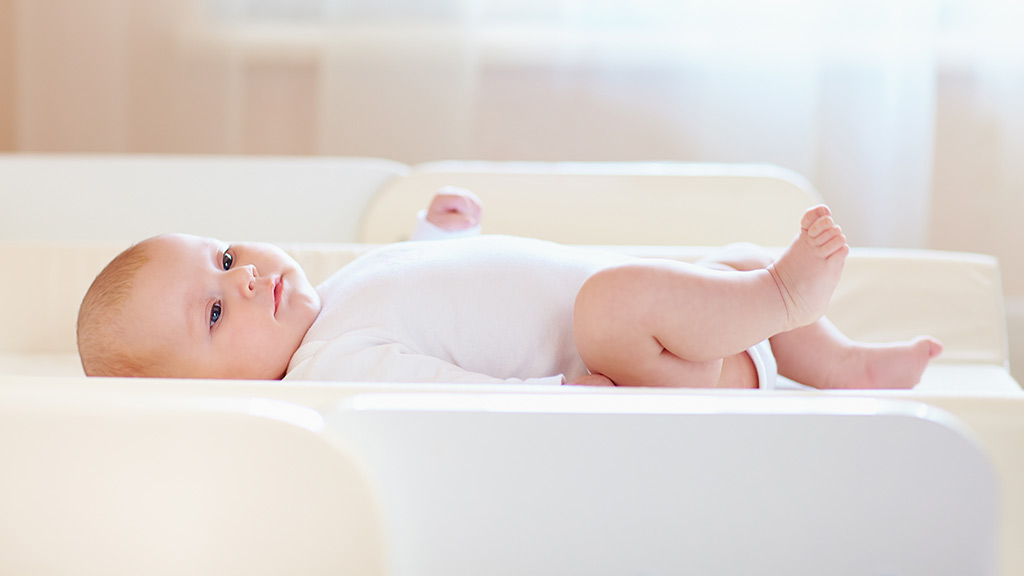
An average baby goes through about 6000 nappies, and when you’re changing your baby several times a day for a few years, you want the experience to be efficient, safe and comfortable for both you and your little one. Here’s how to choose the right baby changing table, according to our experts. And do you actually need a change table at all?
On this page:
- Types of change table
- Features to look for in a change table
- Top 5 tips for changing your baby safely
- Do you need a baby change table?
Types of change table
There are several main types of change tables you’ll find in shops:
- wooden tables with two or three tiers to hold baby supplies
- portable folding tables with a metal frame and fabric body
- tables that include a baby bath under the change surface
- changing tables with drawers, designed to be a permanent fixture.
Features to look for in a change table
Safety
- A change table should be strong, stable and have some form of roll-off protection, such as raised sides, to prevent a child rolling off the changing surface.
- It should also be free of hazards such as sharp edges or finger or limb traps.
- The side barriers ideally should be at least 10cm high with the change table mat in place; this is high enough to prevent roll-off when the table is used correctly, and is easy to check instore before you buy, which is why CHOICE encourages manufacturers to make their tables with sides of this height. (In our change table tests, some models with shorter sides than this have passed the roll-off test, but it’s a good rule of thumb.)
- A restraint strap can help secure your baby, but is not a substitute for proper attention and normal safety measures.
- Harnesses are useful for a little extra peace of mind, but again you should never wholly rely on them to keep your baby safe.
- The table should be well balanced to avoid tipping. Some non-portable designs (such as change tables that double as a piece of furniture) should have an anchor kit provided to prevent tipping.
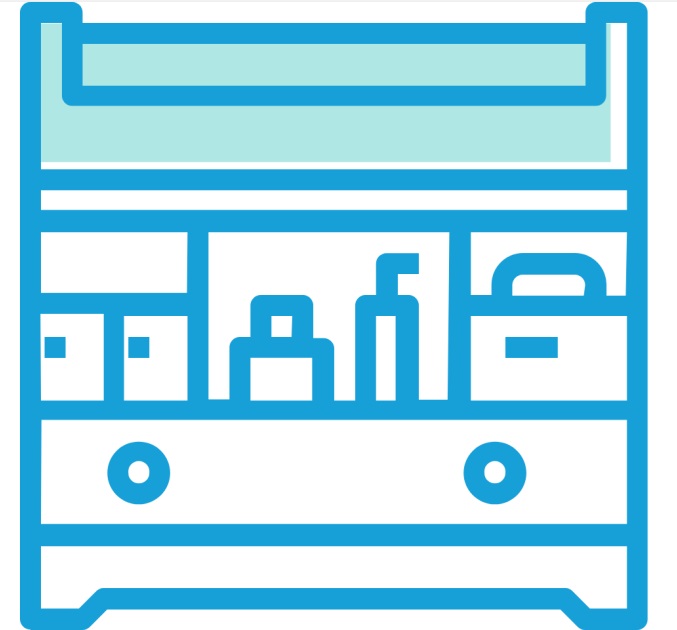
Storage space
- The change table should have plenty of storage space or a caddy to keep nappies, wipes, lotion, spare clothes and other baby necessities within arm’s reach, so you don’t have to go far or take your eye off your baby to fetch things.
- Check that the shelves or drawers are big enough to be useful, and in a convenient position for the spot in the nursery where you’ll place the table.
- Multiple shelves and side trays give the most storage, but a table with just one shelf is still useful.
Height
- Choose a change table that suits your height, so you won’t have to bend or reach too far while changing nappies (which, remember, you’ll be doing around 6000 times!).
Foldable
- If you’re short on space, a foldable change table could be a good buy.
Changing mat (mattresses)
- Not all change tables include a mattress or changing mat, so you may need to buy one separately. Consult the instructions for dimensions and make sure it fits snugly. A mattress with raised sides will help prevent your baby from rolling over.
- The most common styles are generally made of foam and are covered in vinyl, which is easy to wipe clean, but these may be cold and uncomfortable for some babies (which is when a muslin cloth, hand towel or change mat liner comes in handy). There are modern designs that include detachable pillows, soft faux leather finishes, or heavier ones with a squishy, rubbery surface.
- You may want to buy a couple of changing mats and have one in a different room for the times you can’t get to the main change table in time. A changing mat can cost between $30 and $80.
Portability
- Some people prefer a change table that can be wheeled to other locations on the same floor. Check whether the change table has castors at the bottom, and if so, whether the castors have brakes.
Ease of cleaning
- The changing surface should be easy to wipe down when messes happen (and they will!). The mattress or padding should also be easy to wash.
Assembly
- Some change tables come in hundreds of pieces. While you’ll probably only be doing this once, it’s a good idea to put some time aside for the task. Our experts, who have experience assembling hundreds of change tables, have found that some take more than an hour to complete.
Budget
- A change table usually costs from around $69 for your basic model and goes all the way up to $1300, depending on the style.
Top 5 tips for changing your baby safely
- Make sure collapsible frames are locked securely in place before use.
- Keep everything needed to change your baby close at hand but out of their reach.
- Make sure the change table is free from small objects that can cause choking.
- Try to keep one hand on your baby at all times while changing them. Never leave your baby unattended on a change table, even just to grab something across the room – always take them with you.
- Be wary of older siblings climbing on change tables, especially models with pull-out drawers that can act as steps or unbalance the table.
Do you need a baby change table?
A change table is not an essential buy for your nursery as other surfaces can be used to change your baby (in conjunction with a separate changing mat). There will be occasions when you can’t get to your change table and need to change your baby then and there.
You may find changing your baby on a bed or on the floor with a change mat perfectly adequate. Just be sure to keep them supervised at all times, as they can be very wriggly! Once your baby gets to toddler stage, they may outgrow their change table.
If you’re set on a change table, our experts test them in our CHOICE labs, looking at a number of important safety features such as stability, entrapment and fall risks.

